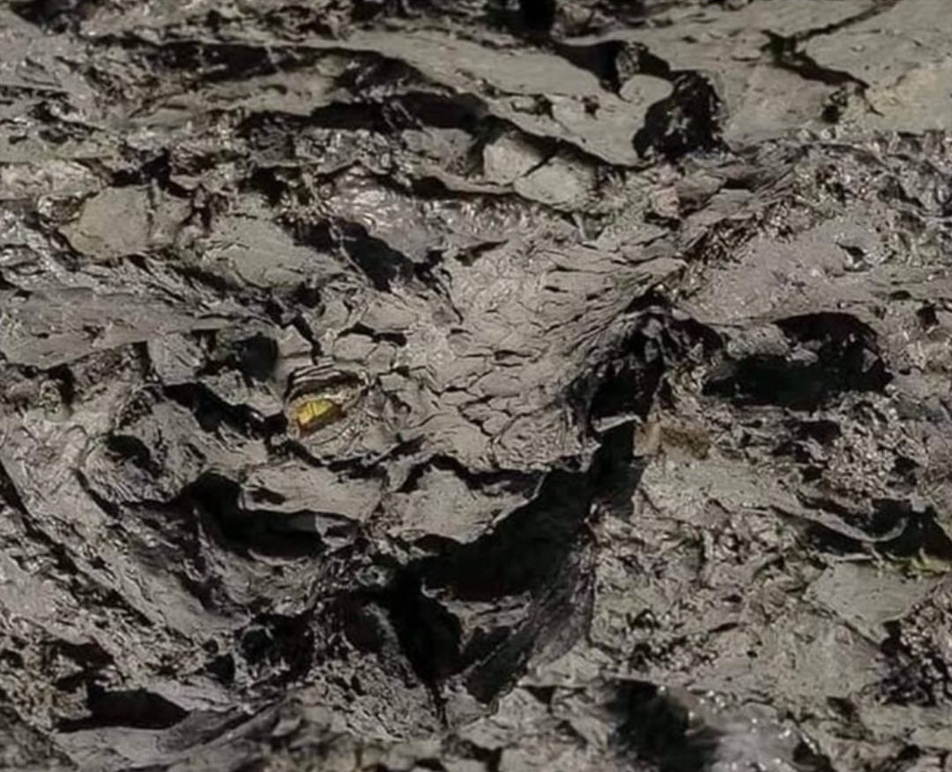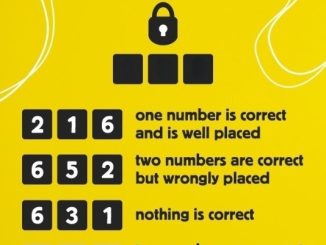Have you ever stumbled across a visual puzzle so tricky that it made you question your own eyes? Well, today, you’re in for a challenge! Look at the photo above. Somewhere within it lies an animal. Can you spot it? Go ahead, take a closer look, and let us know your guess in the comments. But fair warning—this one has stumped even the sharpest minds!
Why We Love These Visual Challenges

Optical puzzles like this one are designed to make you think differently. They test your observation skills, forcing you to focus on tiny details and patterns that your brain might otherwise ignore. But what makes them especially fun is how deceptive they can be. You might think you’ve figured it out, only to realize you missed the mark completely.
The beauty of this challenge lies in its simplicity—it’s just a photo. Yet hidden within it is something extraordinary. The question is: Can your eyes and mind work together to uncover it?
Common Mistakes People Make When Solving Visual Puzzles
Before we get to the solution, let’s discuss the common errors people make when tackling puzzles like this. It’s these missteps that often leave participants scratching their heads.
- Focusing Too Much on One Area
Most people tend to zero in on one part of the image and forget to look at the whole picture. This tunnel vision can lead you to miss obvious clues elsewhere. - Overthinking the Details
Sometimes, we overcomplicate simple puzzles. Instead of looking for broad patterns or shapes, people try to dissect every tiny detail, which can cloud their judgment. - Ignoring the Big Picture
Visual puzzles often rely on illusions or hidden images that only make sense when viewed as a whole. If you’re only zooming in or focusing on texture, you might miss the overall form. - Not Changing Perspective
A key mistake here is sticking to one viewpoint. This puzzle, in particular, requires you to adjust your perspective—literally. That’s a hint, by the way!
Step-by-Step Guide to Solving This Puzzle
Let’s break down how to solve this intriguing visual challenge and reveal the hidden animal step by step. If you’re ready to uncover the mystery, follow along carefully.
- Start by Scanning the Entire Image
First, take a step back and observe the entire photo. Don’t get bogged down by textures or minor details—focus on the broader shapes and patterns. - Look for Something Familiar
Try to identify features you associate with animals. Does anything resemble an eye? A snout? Scales? These are the subtle details that will guide you to the solution. - Notice the Yellow Spot
One of the most noticeable details in this photo is a small yellowish area. That’s a key clue! It may look like a random detail at first, but it’s actually part of the animal’s eye. - Shift Your Perspective
Here’s the trick: turn the photo upside down. Yes, literally flip it! What seemed like random cracks and textures will suddenly transform into the shape of a crocodile. The yellow spot becomes its piercing eye, and the rough textures resemble the scales and snout of this incredible predator. - Step Back and Confirm
Once you’ve flipped the image and spotted the crocodile, take a moment to admire the clever design of this puzzle. Isn’t it amazing how something so hidden can suddenly become so obvious?

Why These Puzzles Are Great for Your Brain
Solving puzzles like this one isn’t just fun—it’s also a fantastic workout for your brain. Visual challenges help sharpen your observation skills, boost your problem-solving abilities, and improve your focus. They encourage you to think outside the box and develop new ways of seeing the world. Plus, they’re a great way to relax and de-stress while keeping your mind active.
What Did You See? Share Your Answer!
Now that you know the solution, we want to hear from you! Did you figure it out on your own, or did the guide help you spot the crocodile? Share your experience and thoughts in the comments below. And if you have friends who love puzzles, why not share this post with them? Let’s see how many people can crack this challenge!
Conclusion: Keep Challenging Your Mind
If this puzzle left you intrigued and entertained, there are plenty more where that came from. Visual puzzles, riddles, and logic games are not just fun distractions—they’re powerful tools for enhancing your cognitive skills. So, don’t stop here! Keep exploring, keep challenging yourself, and keep unlocking new ways to see the world.
Remember, every puzzle you solve makes you sharper, more creative, and better equipped to tackle life’s challenges. Happy puzzling, and let us know which puzzles you’d like to try next!


